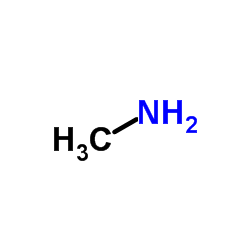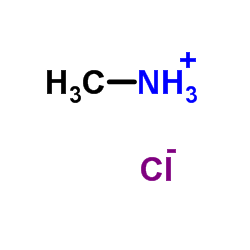| Structure | Name/CAS No. | Articles |
|---|---|---|
 |
methylamine
CAS:74-89-5 |
|
 |
methanamine,hydrochloride
CAS:3852-22-0 |
|
 |
Methylamine-C hydrochloride
CAS:60656-93-1 |
|
 |
Methylamine hydrochloride
CAS:593-51-1 |